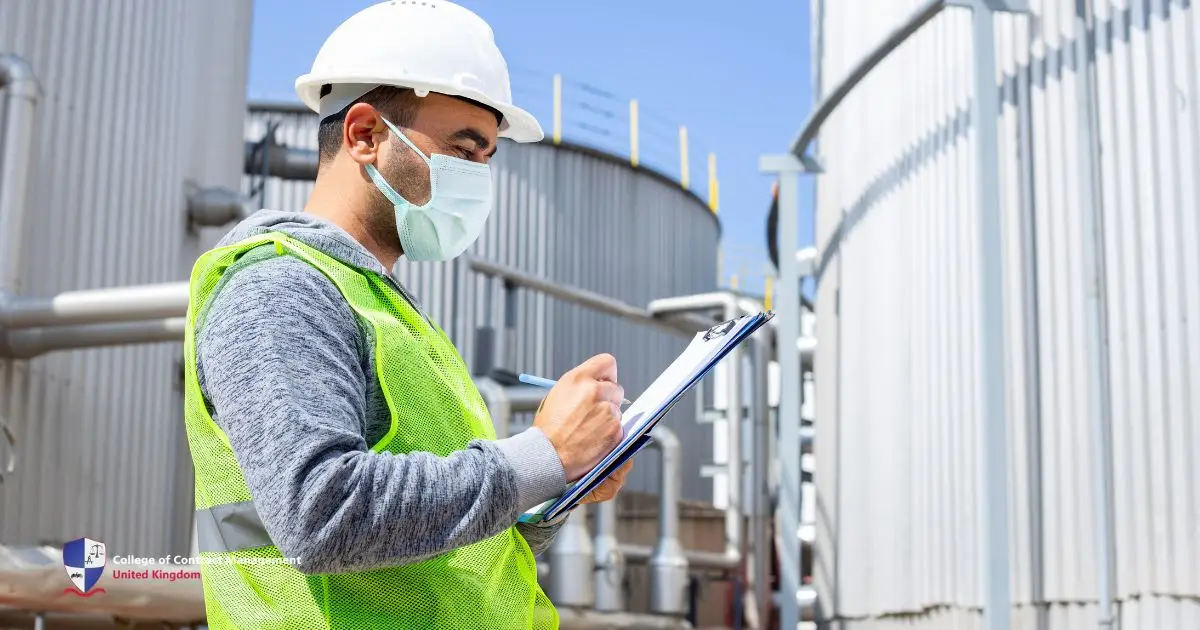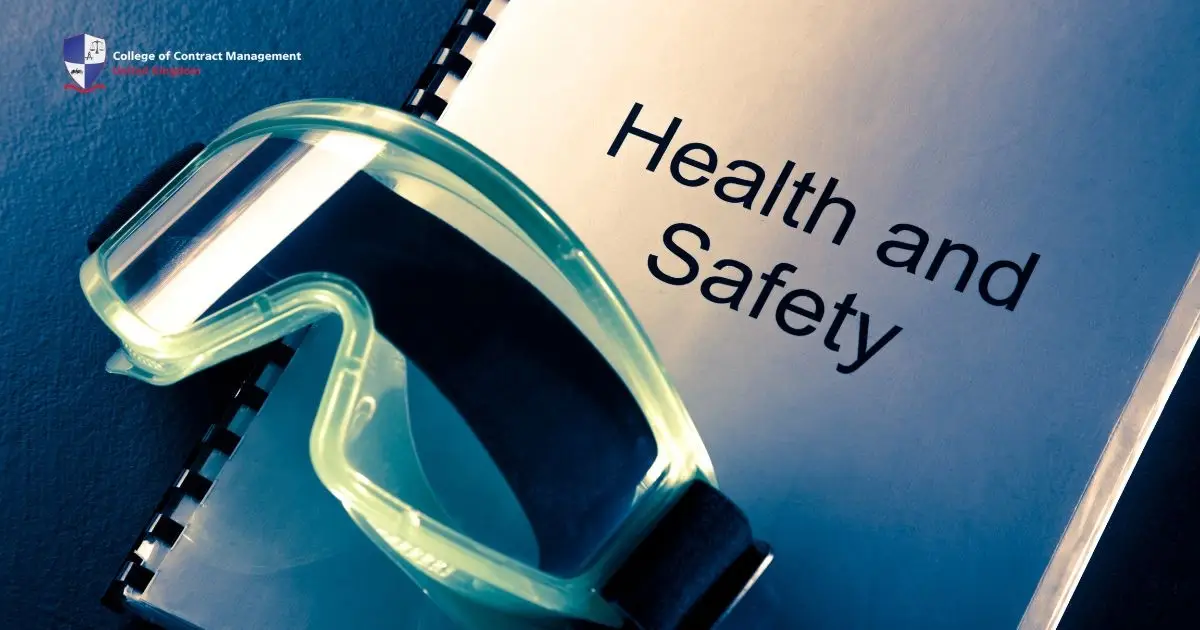In the UK, occupational health is an important issue that affects both people and businesses. According to the Health and Safety Executive, around 1.7 million workers suffered from illnesses at work in 2023/24. The most common problems include stress, anxiety, depression, and back pain. This leads to a huge number of missed workdays and an estimated cost of illness.
As a matter of fact, companies must prioritise the employees' health and safety at work. This is because the Health and Safety at Work Act needs businesses to take steps to prevent accidents and illnesses. However, many workplaces still face challenges in maintaining that matter. Therefore, this article will explore the current state of occupational health in the UK.
What is occupational health?
Occupational health is a branch of public health that focuses on maintaining workers' well-being, which is focused on physical and mental health. This matter aims to ensure that workers are physically and mentally fit for their roles. This is important to enhance workers’ productivity and reduce absence. In the end, this effort helps to create a safer and healthier work environment.
Occupational health is about keeping workers safe from getting hurt or sick. Workers help companies succeed by doing their jobs well. For this reason, companies must make sure employees stay safe and healthy. Workplace health also prevents accidents before they happen. Accidents happen for many reasons. Therefore, it is crucial to train workers on safety rules. In other words, the more workers know about safety, the fewer accidents will happen. As a result, everyone stays safer.
Goals of workplace health
Occupational health has clear goals. First, it aims to keep workers healthy so they can do their jobs. Next, it makes sure workplaces are safe. It avoids dangerous situations. In addition, companies should create safety programmes that follow the rules. The World Health Organisation (WHO) has set goals for this, which include:
- Keeping workers healthy and able to do their jobs.
- Improving work conditions to make the workplace safer.
- Creating safety programmes that match the company's rules.
- Putting systems in place that enhance worker safety.
Occupational health dangers in the workplace
Many dangers can happen at work. For example, some workers might deal with chemicals, loud noise, or extreme weather. Others might need to lift heavy things or use machines. Although they commonly happen in industrial fields, office environments can also have issues in occupational health. These include poor ergonomics furnitures, long hours sitting, and mental strain.
Because of these dangers, knowing how to stay safe in the workplace is essential. To put it differently, work-related health helps you learn more about these situations. By addressing these problems, workers can improve their productivity and reduce retention. Let's look at each danger that can happen in the workplace.
Physical Dangers
Physical dangers are things that can harm the body. These occupational health issues can physically hurt a worker on site. For example, loud noises or extreme temperature exposures, and even slips or falls. The causes of these dangers are related to environmental, mechanical, or operational factors. If management cannot address these hazards, the employees will suffer the most.
Chemical Dangers
Chemical dangers happen when workers deal with harmful materials. These chemicals can be in many forms, like liquids, solids, or gases. Besides, there are hazards that can easily catch fire and damage other materials. The effect of this danger can result in many issues. For instance, some materials can burn the skin or make breathing harder. If not addressed immediately, these hazards can lead to accidents and even death.
Psychosocial Dangers
Psychosocial dangers affect the mind and emotions. For example, stress from too much work or bullying can make workers feel bad. In addition, feeling lonely at work or having problems with coworkers can make it hard to focus. Interaction with people at work helps with boosting confidence. Occupational health also helps lessen these burdens.
Infectious Dangers
Bacteria or viruses cause infectious dangers. For example, workers who get sick can pass the illness on to others. Therefore, knowing how to avoid infections and stay healthy is essential. You can help by telling the management if you're not feeling well. When the time comes that you feel like you need to take a rest, you should do so.
How to maintain occupational health
There is a saying: "Prevention is better than cure." This is true for staying safe at work. It's better to avoid accidents instead of dealing with the results afterwards. This is where occupational health is of importance. For that reason, here are some tips to help you stay healthy and safe in the workplace.
First, understand that you have the right to a safe and healthy workplace. It means, the company should provide proper training about any potential dangers. For instance, training about what to do in emergencies. If you’re working in a dangerous area, supply protective gear like gloves or goggles. In addition to that, report to the supervisor or related workers when finding or feeling something dangerous.
After understanding the rights, make sure to take care of your physical and mental well-being. Make sure to take regular breaks to rest. This helps prevent fatigue and reduce the risk of accidents. If your job involves sitting for long periods, try to incorporate some physical activity. Lastly, don't hesitate to seek help when you're not feeling well. By being proactive, you not only maintain your health but also others’ well-being in the workplace.
Conclusion
In conclusion, learning about occupational health is essential. This is because it helps everyone maintain their health and pay attention to the potential dangers. For this reason, workers who know the risks can stay safe and avoid accidents. Additionally, companies always ensure to help make your workplace as safe and secure as possible. This is to make sure that employees can safely do their jobs.
As a worker, you can also help by investing in education focused on workplace safety. The College of Contract Management offers courses on workplace health and safety. These courses will boost your confidence in handling and following health and safety protocols. In the long run, this not only protects your well-being but also contributes to a more productive work environment. Enroll today and take the first step to a better work environment!





